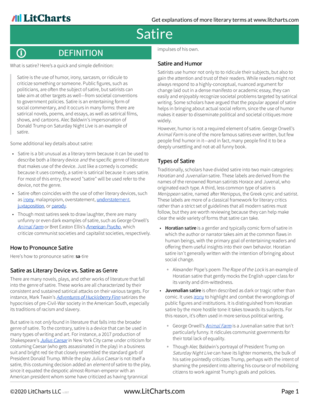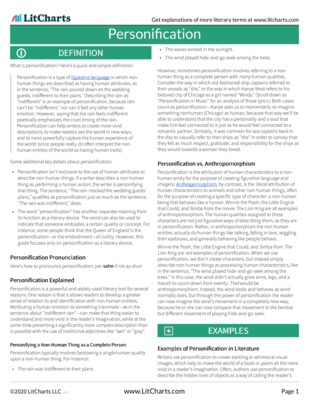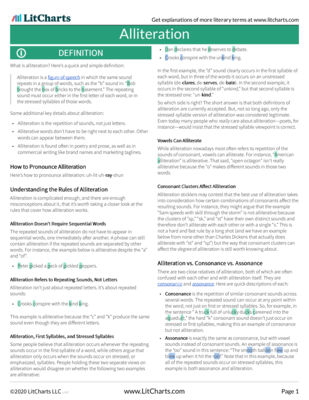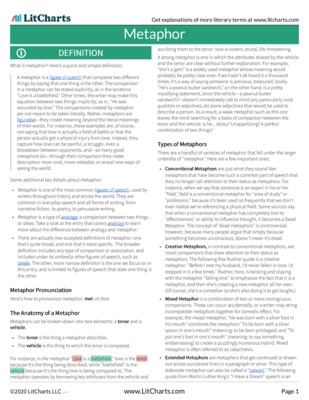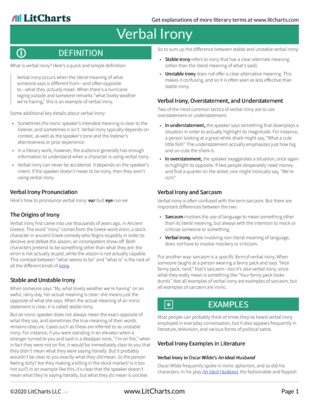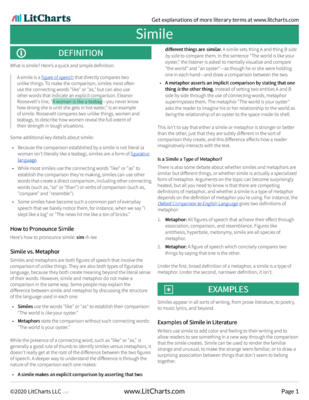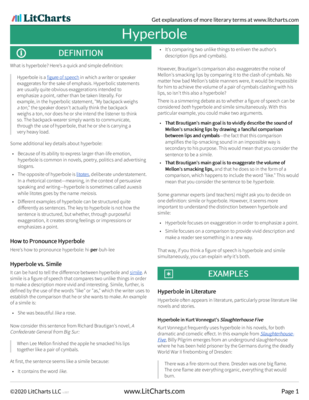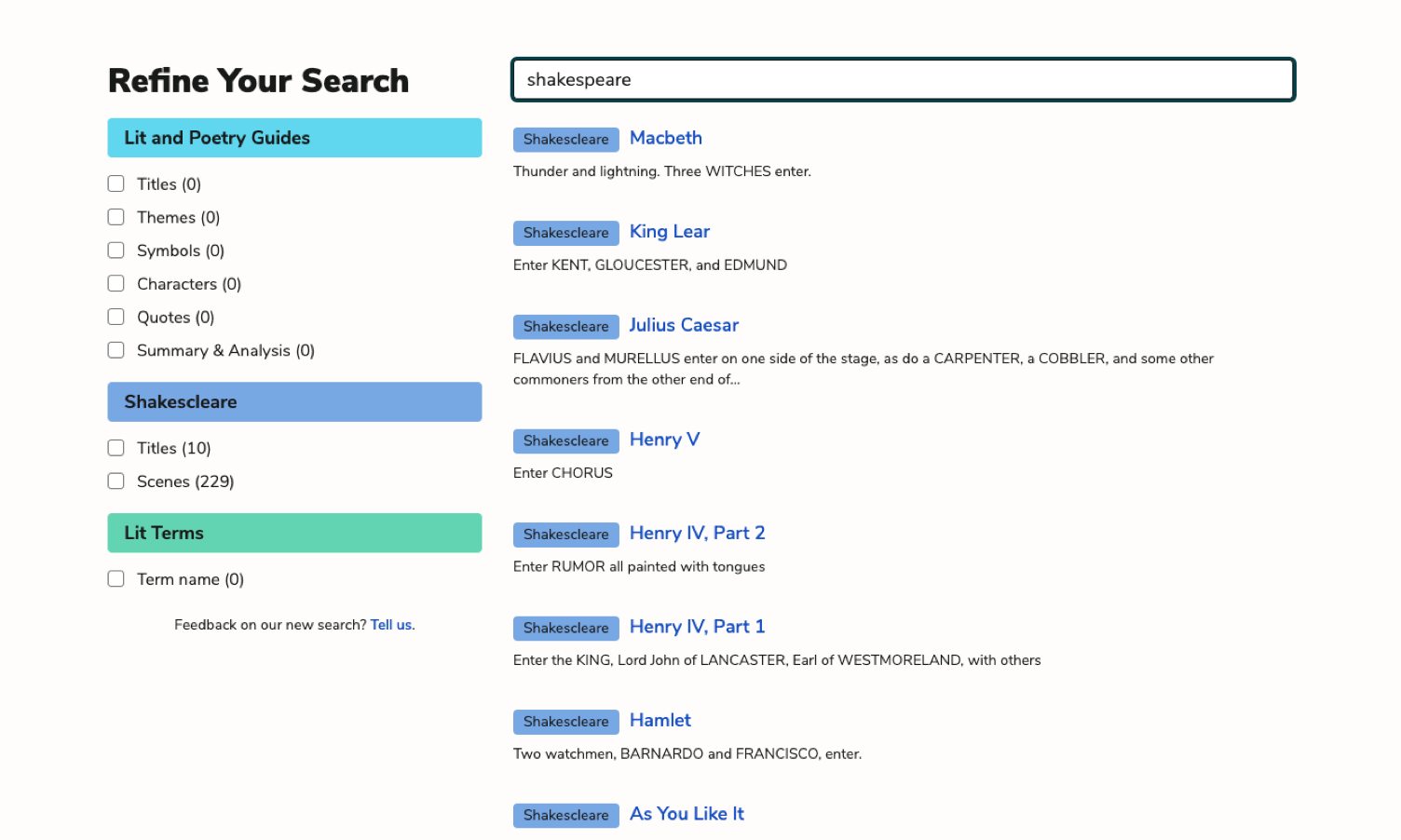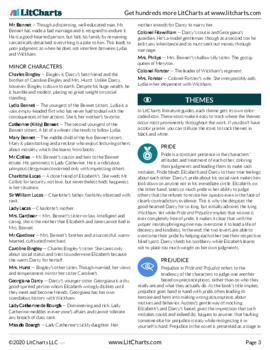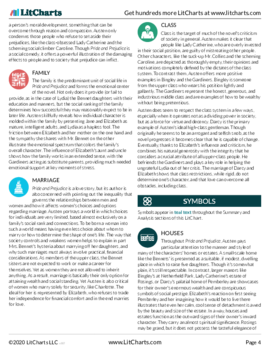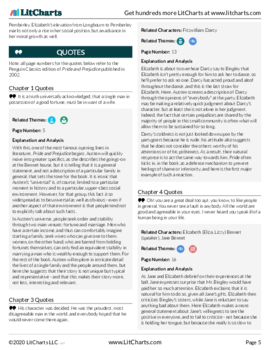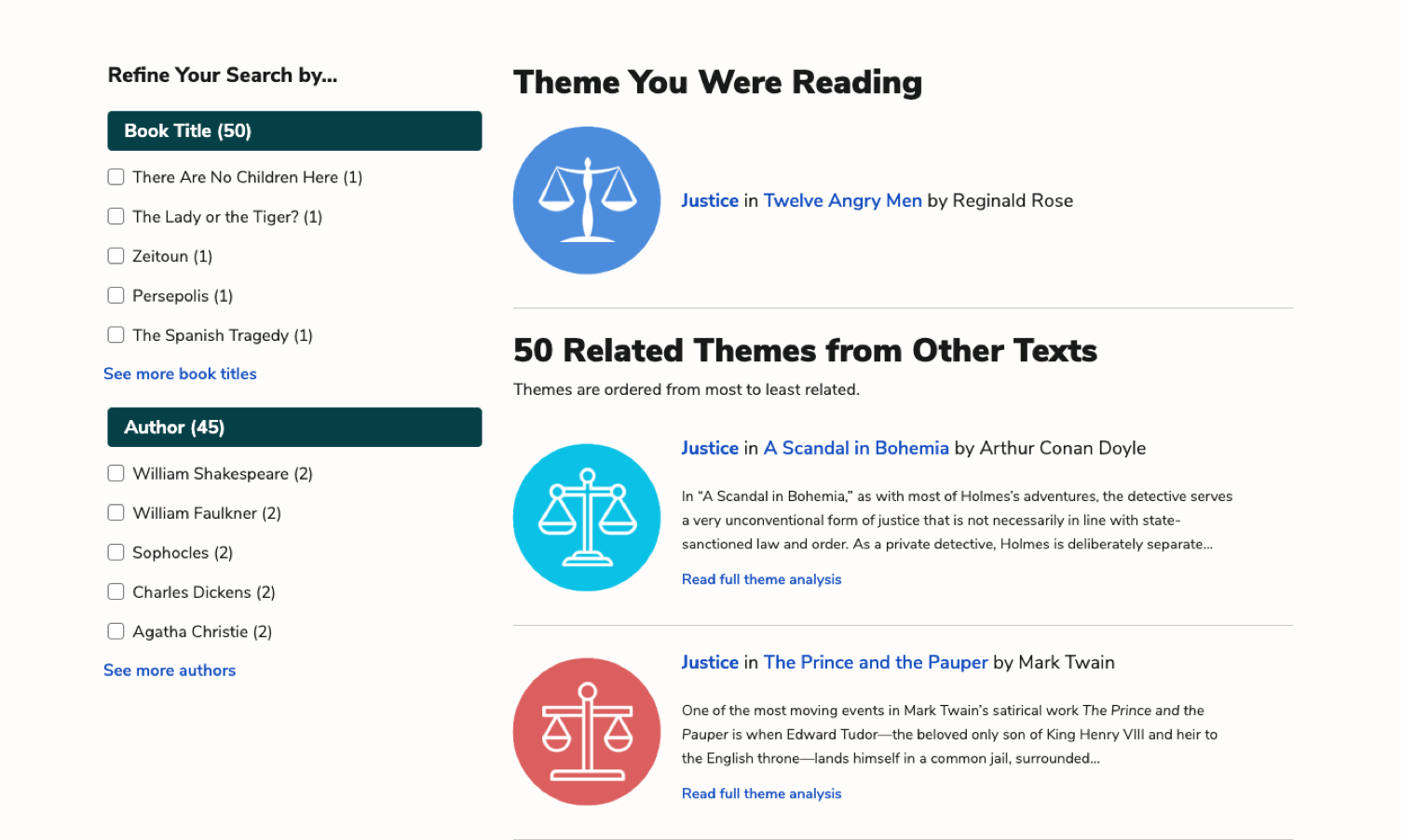- All's Well That Ends Well
- Antony and Cleopatra
- As You Like It
- The Comedy of Errors
- Coriolanus
- Cymbeline
- Hamlet
- Henry IV, Part 1
- Henry IV, Part 2
- Henry V
- Henry VI, Part 1
- Henry VI, Part 2
- Henry VI, Part 3
- Henry VIII
- Julius Caesar
- King John
- King Lear
- Love's Labor's Lost
- A Lover's Complaint
- Macbeth
- Measure for Measure
- The Merchant of Venice
- The Merry Wives of Windsor
- A Midsummer Night's Dream
- Much Ado About Nothing
- Othello
- Pericles
- The Rape of Lucrece
- Richard II
- Richard III
- Romeo and Juliet
- Shakespeare's Sonnets
- The Taming of the Shrew
- The Tempest
- Timon of Athens
- Titus Andronicus
- Troilus and Cressida
- Twelfth Night
- The Two Gentlemen of Verona
- Venus and Adonis
- The Winter's Tale
plus so much more...
-
Lines 1-3
The poem begins by describing a mysterious "force" that moves through "the green fuse": a flower's stem. The word "fuse" makes it sound like this flower is about to ignite; this force seems electric, like a spark. That force, the speaker continues, moves up through the stem and "drives the flower," meaning that it powers or fuels it. Whatever this force is, it makes the flower bloom.
Enjambment pushes (one might say, "drives") the reader over the line break in a way that mirrors the movement of that force that travels up the flower's stem:
The force that through the green fuse drives the flower
Drives my green age [...]This force doesn't just fuel the flower, readers learn in line 2: it also fuels the speaker's "green age," meaning it powers the speaker's youth. The whole sentence can thus be summed up as: "The force that makes the flower bloom also makes me young and energetic."
Note the use of repetition in lines 1-2:
The force that through the green fuse drives the flower
Drives my green age;This is an example of chiasmus: the sentence's most important images follow an ABBA structure (green-drives-drives-green), as though the poem is circling back in on itself. This emphasizes the connection between the flower and the speaker, hammering home that both are equally subject to this "force."
The specific words that the poem repeats here are also thematically important:
- The color "green" symbolizes freshness and vitality. Both speaker and flower are in the fresh "bloom" of youth.
- The word "drives" conveys the relentless power of this "force" over the speaker and the flower. They are not driving but being driven, pushed forward.
The next line tells readers more about this force. While it makes both flowers and young people bloom, it also "blasts the roots of trees" and will ultimately become the speaker's "destroyer."
What creates things only to later destroy them? Time! The speaker is talking about the way that time makes things both grow and decay.
Dylan Thomas creates meaning not just through the literal meaning of the words he chooses, but also through the way the reader feels when they read them. Here, the rich, rhythmic sounds of the poem make it more intense and emotional. For example, these lines are thick with alliteration (force"/"fuse" "flower), assonance ("through"/"fuse"/roots"; "drives," "my), and consonance of /r/, /t/, /s/, and /z/ sounds:
The force that through the green fuse drives the flower
Drives my green age; that blasts the roots of trees
Is my destroyer.The poem's meter adds to its momentum as well. Lines generally use iambic pentameter, meaning that they contain 10 syllables that follow an unstressed-stressed pattern (da-DUM). This creates a marching rhythm that pushes the poem forward.
However, Thomas isn't particularly strict with the meter. Here's line 1 for instance:
The force | that through | the green | fuse drives | the flow- | er
While the rhythm is clearly iambic overall, it contains inconsistencies: there's a spondee (two stressed syllables) in the fourth foot ("fuse drives") and an extra, unstressed syllable dangling at the end of the line. Such variations keep the poem from feeling overly stiff.
Also note that the third line of each quintain (or five-line stanza) is much shorter than the lines surrounding it, thus breaking up the poem's rhythm and calling readers' attention to certain words—in this case, the word "destroyer." Time may be the giver of life, but it is also the thing that takes it away.

|
PDF downloads of all 3061 of our lit guides, poetry guides, Shakescleare translations, and literary terms.
PDF downloads of all 1916 LitCharts literature guides, and of every new one we publish.
Learn more
|
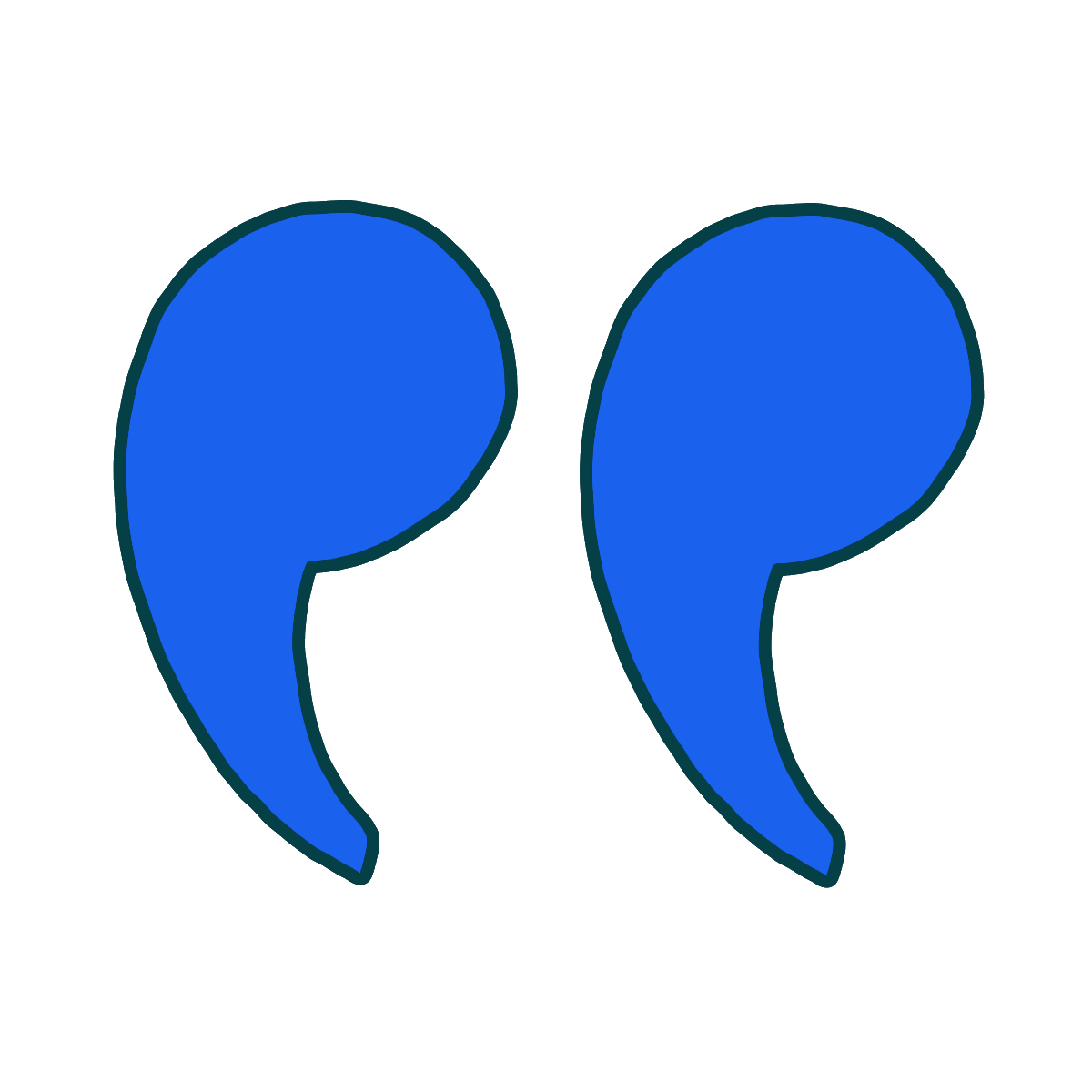
|
Explanations for every quote we cover.
Detailed quotes explanations (and citation info) for every important quote on the site.
Learn more
|

|
Instant PDF downloads of 136 literary devices and terms.
Definitions and examples for 136 literary devices and terms. Instant PDF downloads.
Learn more
|

|
Compare and contrast related themes.
Compare and contrast Related Themes across different books.
Learn more
|

|
Teacher Editions for all 1916 titles we cover.
LitCharts Teacher Editions for every title we cover.
Learn more
|

|
PDFs of modern translations of every Shakespeare play and poem.
PDFs of modern translations of every Shakespeare play and poem.
Learn more
|

|
Advanced search across our collection.
Advanced Search. Find themes, quotes, symbols, and characters across our collection.
Learn more
|
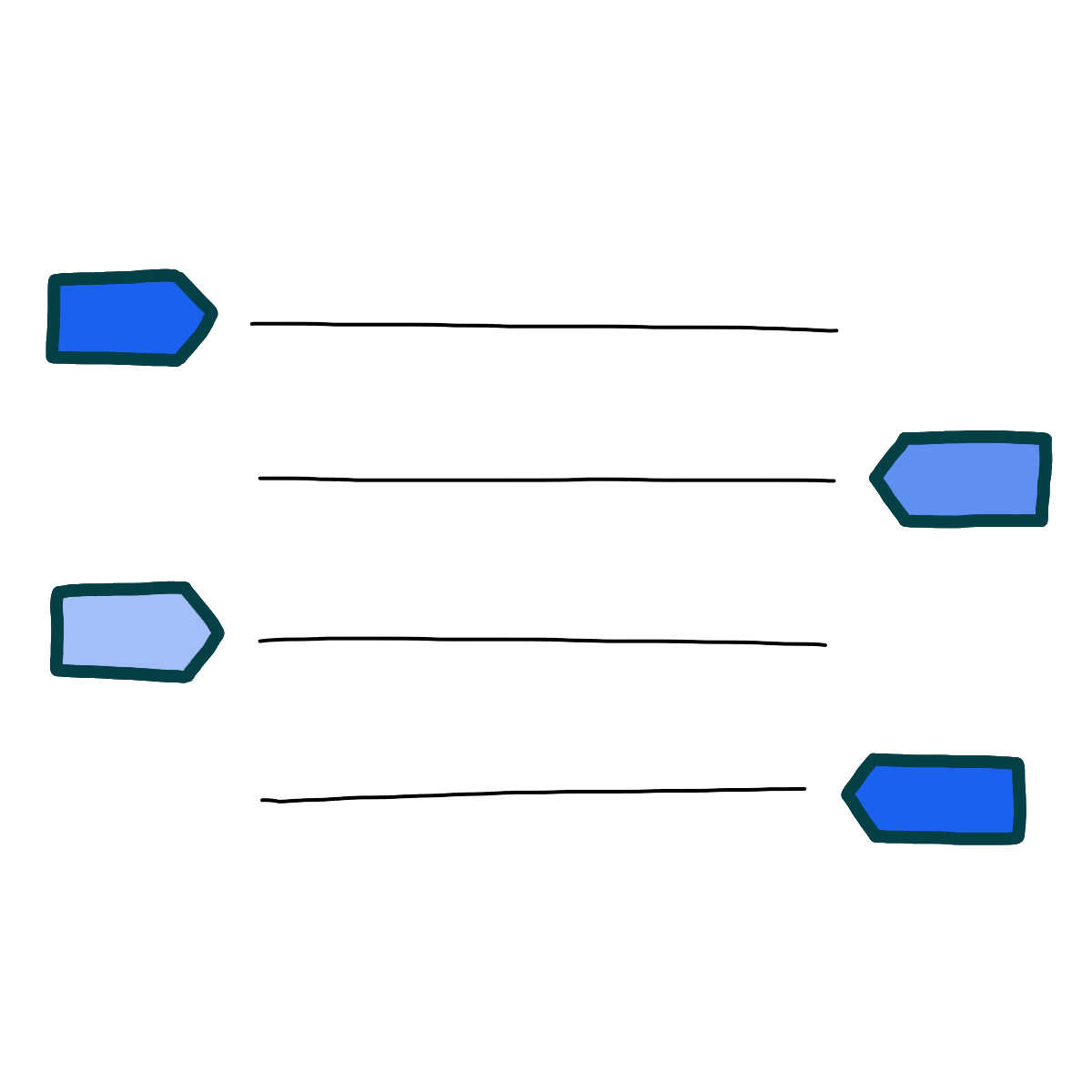
|
Line-by-line explanations, plus analysis of poetic devices for lyric poems we cover.
Line-by-line explanations, plus analysis of poetic devices for every lyric poem we cover.
Learn more
|


For every lyric poem we cover.
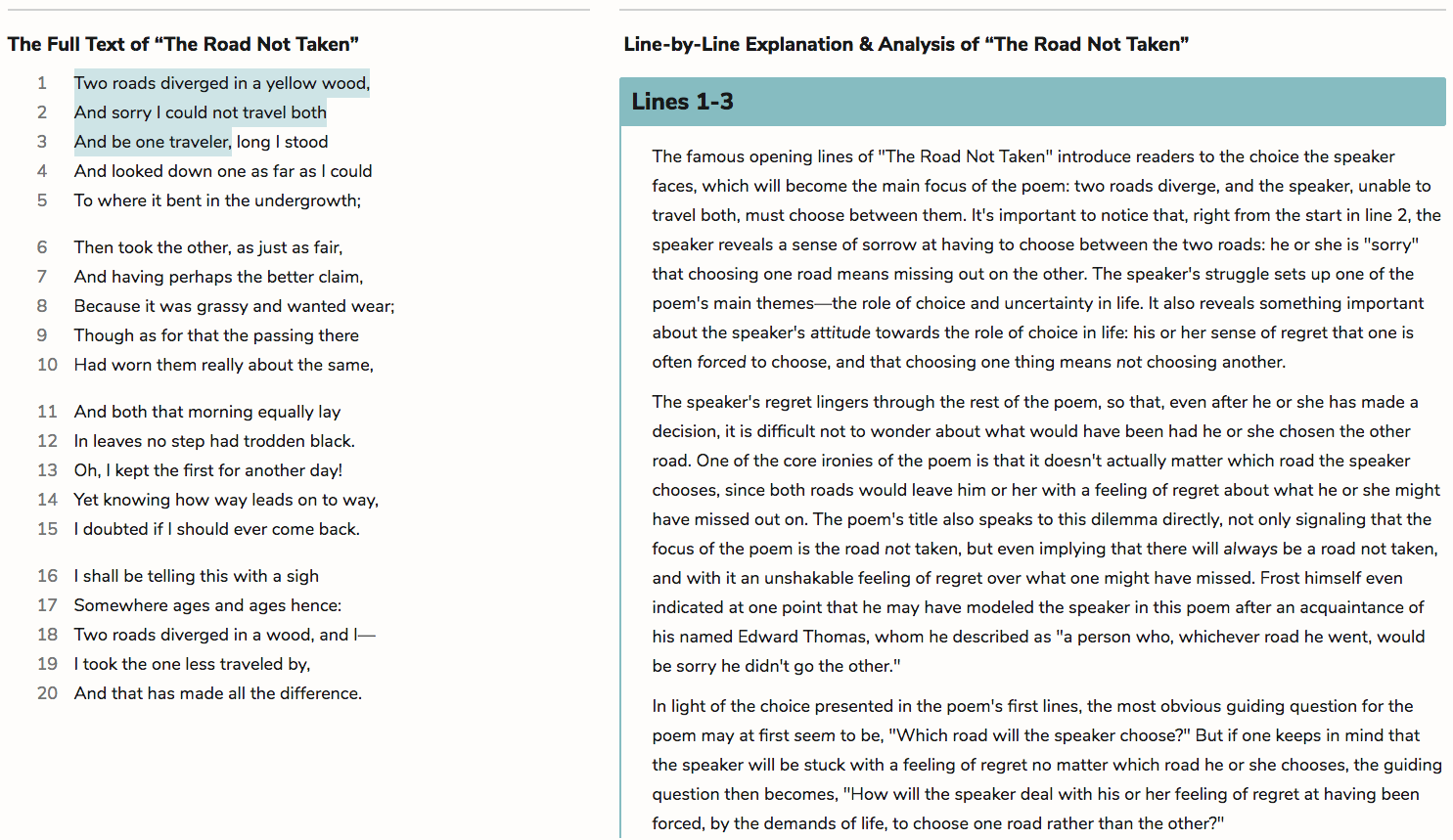


Literature Guide PDFs
LitCharts PDFs for every book you'll read this year.
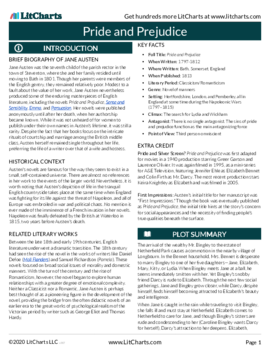


Quotes Explanations
For all 42,382 quotes we cover.
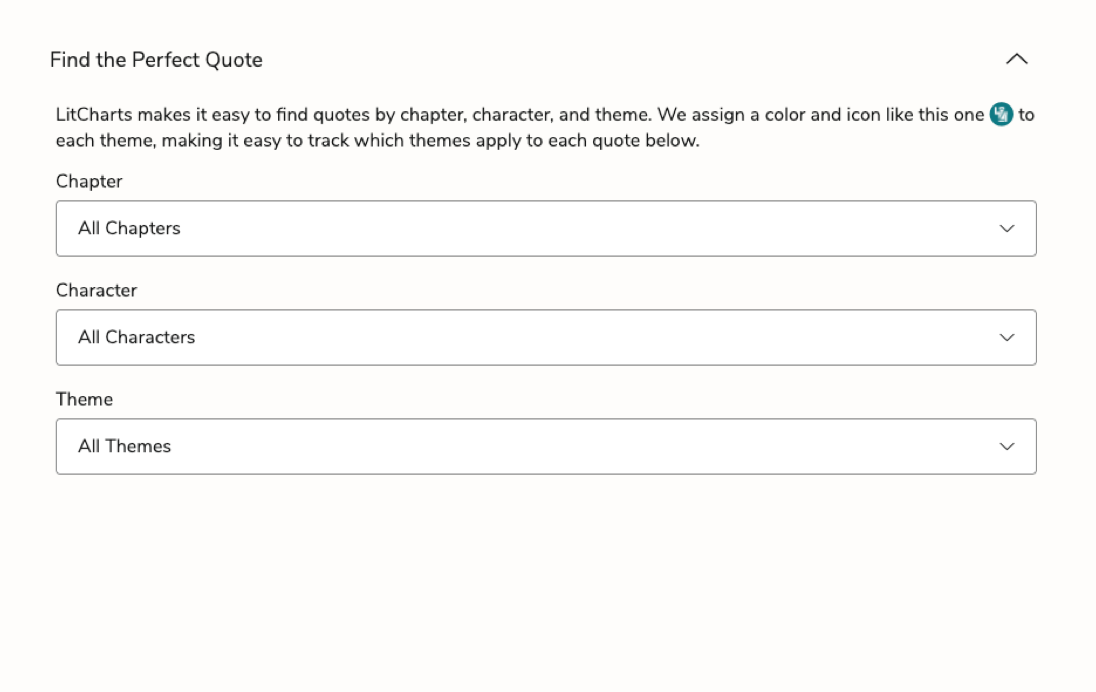
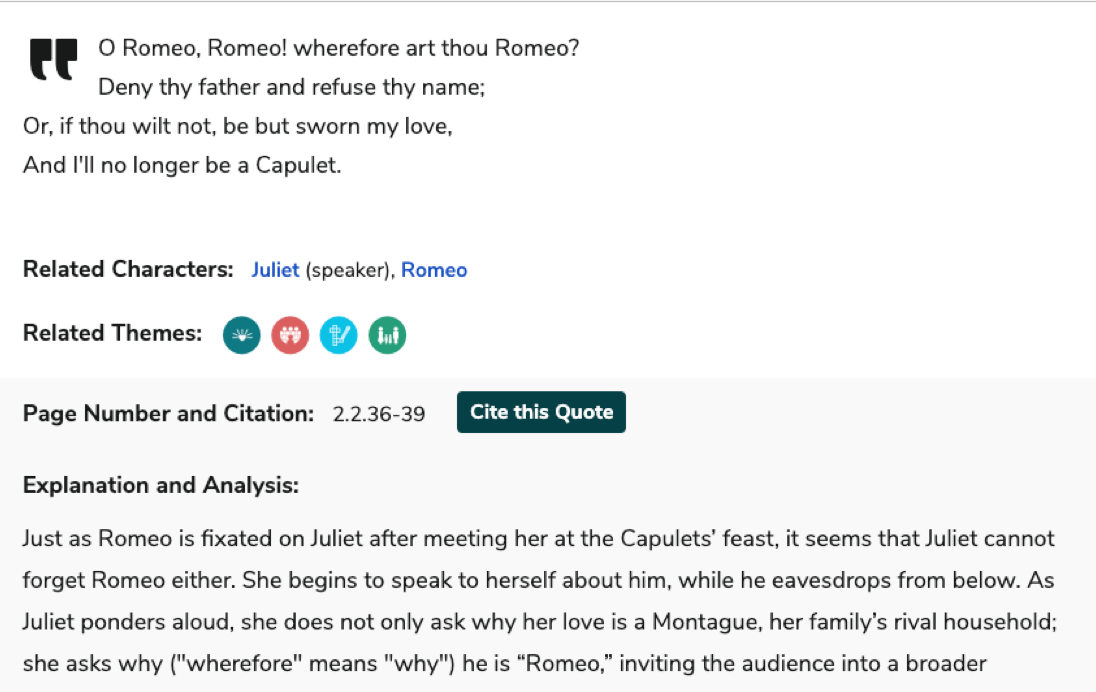
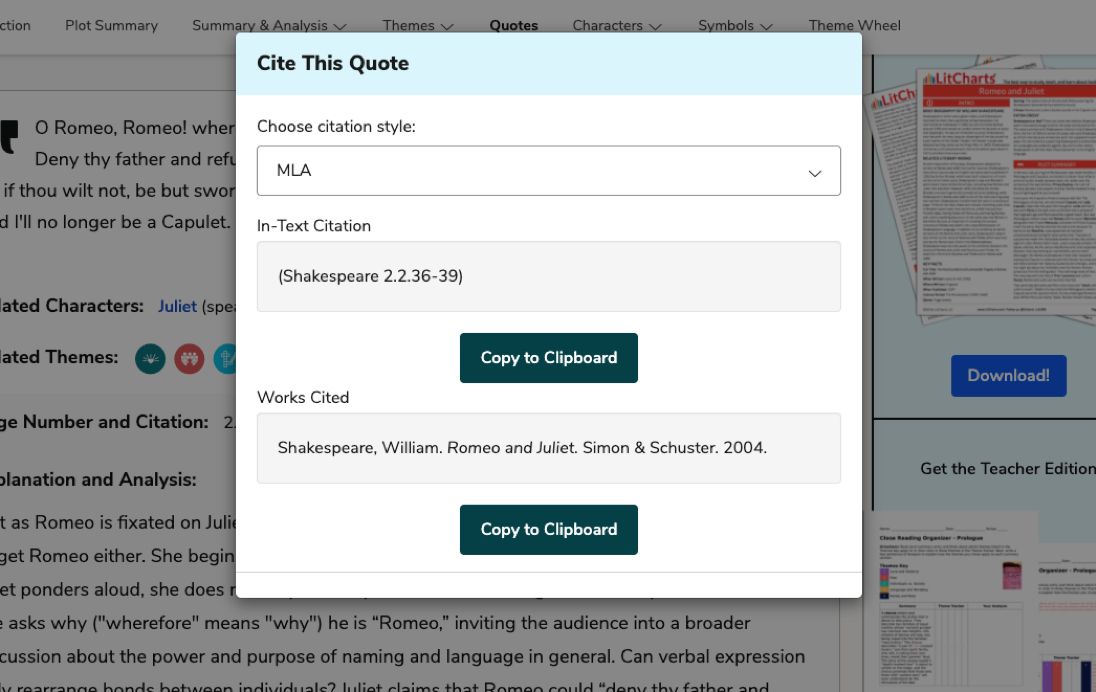


Teacher Editions
Time saved for teachers.
For every book we cover.
Common Core-aligned



PDFs of modern translations of every one of Shakespeare's 37 plays, 154 sonnets, and 3 longer poems.


Plus a quick-reference PDF with concise definitions of all 136 terms in one place.
